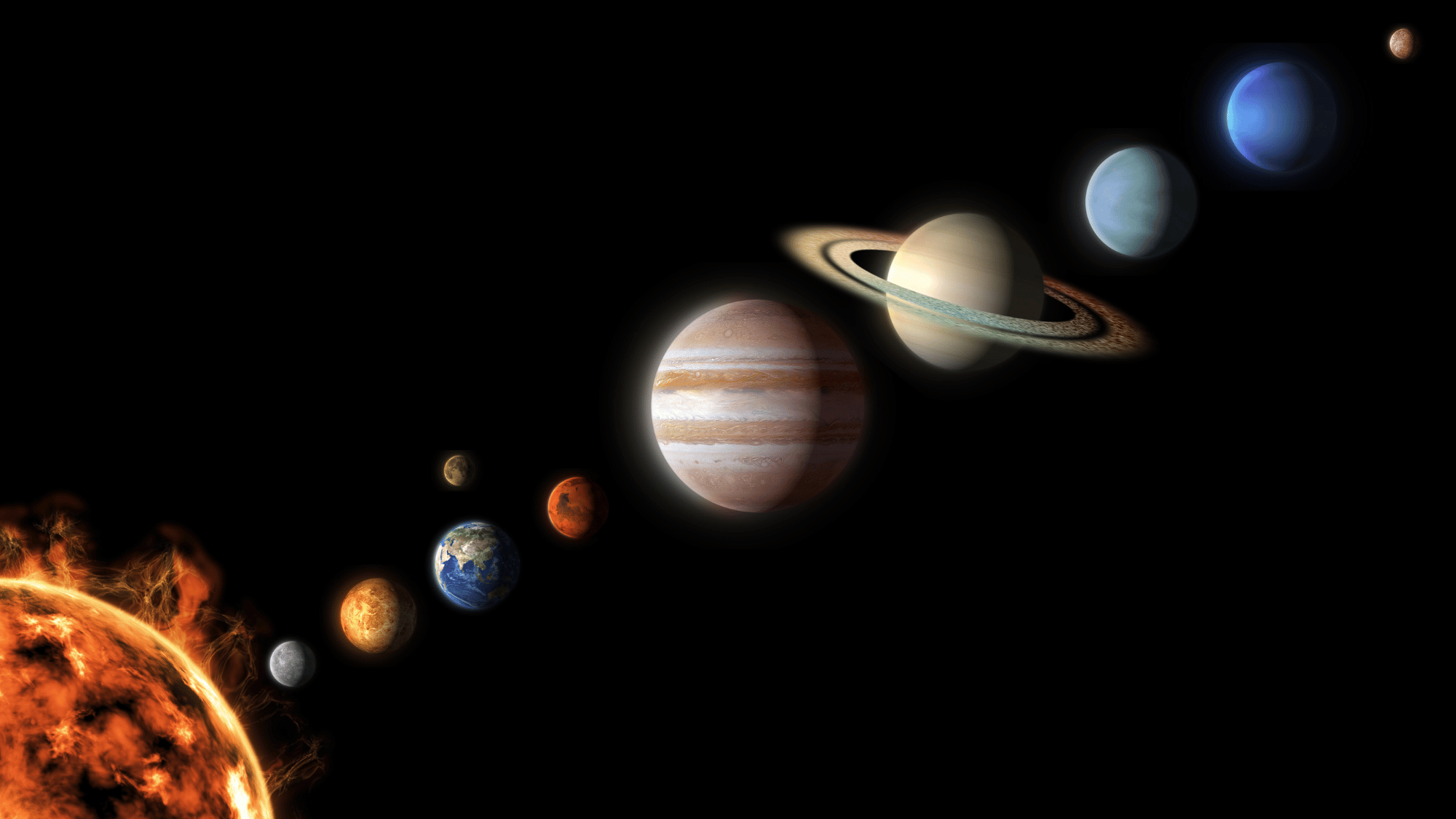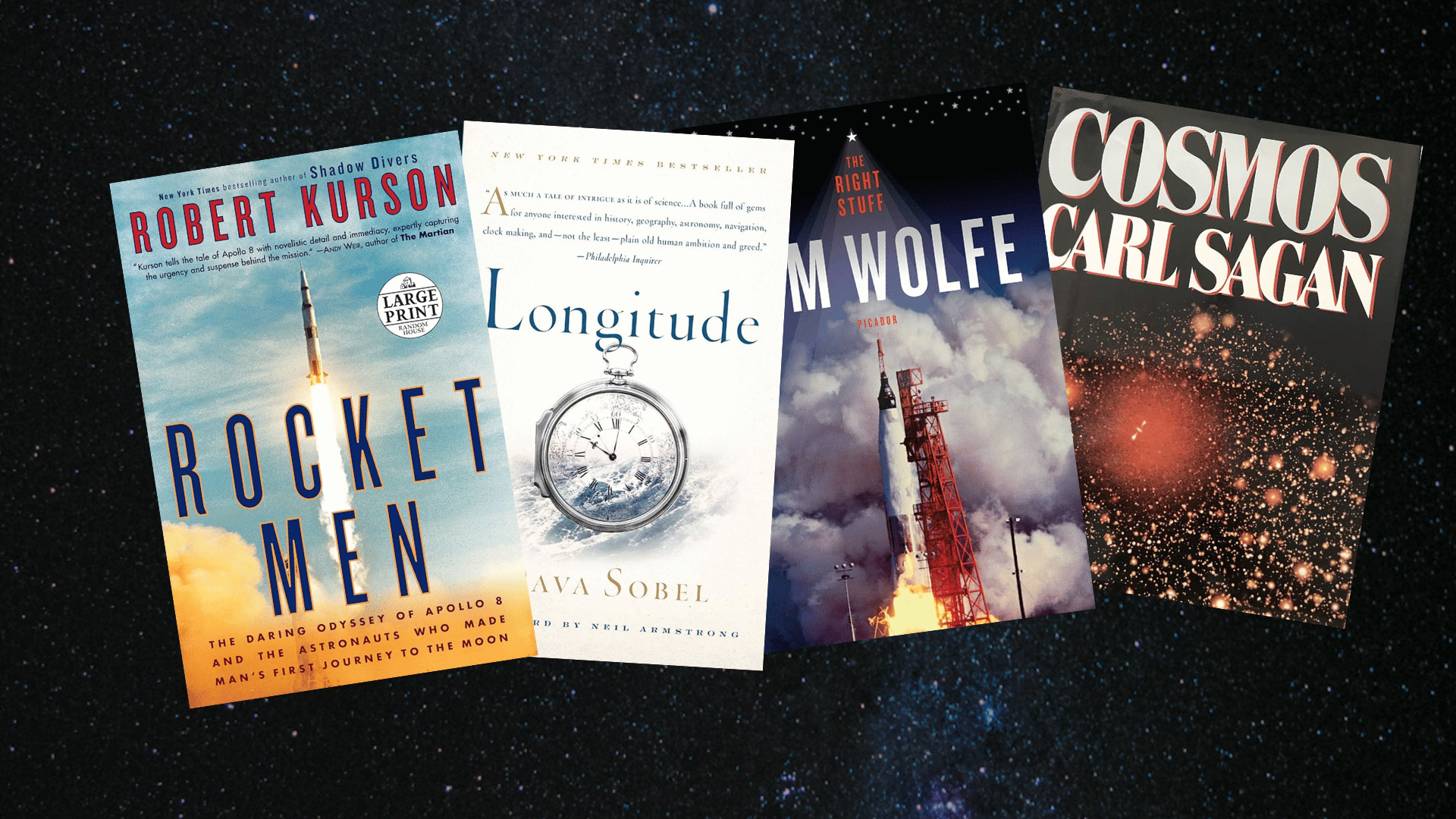When you look up at the night sky, the Moon shines brightly among the stars. This bright, round object might make you wonder: Is the Moon actually a planet or a star?
Many people ask, and the answer might surprise you. Understanding how we classify objects in space can be confusing.
After all, the Moon looks similar to planets in pictures, and it glows like stars do.
To understand why, we need to look at what makes planets and stars different from each other. We’ll also learn why the Moon doesn’t fit into either group.
Ready to solve this cosmic mystery? Let’s learn what the Moon really is and why it matters.
Is the Moon a Planet or a Star?
The Moon is neither a planet nor a star; it’s something entirely different. The Moon belongs to its own category: it’s a natural satellite, also called a moon.
It’s unusually large compared to Earth – most moons in our solar system are tiny compared to their host planets.
Some astronomers even consider the Earth-Moon system to be almost like a “double planet” because of this size relationship.
The Moon also plays a crucial role in making Earth habitable, stabilizing our planet’s tilt, and creating the tides that may have helped early life develop in tidal pools.
Key Characteristics of the Moon

Image Source: Astronomy Magazine
In astronomy, a natural satellite is any celestial body that orbits a planet or another larger object in space. The Moon’s key defining characteristics are:
Gravitational Bond
The Moon orbits Earth as its natural satellite, bound by our planet’s strong gravitational pull.
At the same time, the Moon’s own gravity tugs on Earth, creating ocean tides that rise and fall in a steady rhythm.
Over billions of years, this pull has gradually slowed Earth’s rotation, making our days slightly longer.
The Moon also helps keep Earth’s tilt stable, preventing extreme swings in climate.
Without the Moon’s steady influence, our planet could wobble on its axis, leading to unpredictable weather and a far less stable environment for life.
Rocky Composition
The Moon is a solid, rocky world made up primarily of silicate minerals and metals, similar to Earth’s rocky planets.
Unlike gas giants or stars, it has a firm surface you could walk on. Deep inside, the Moon has a small iron core, though much smaller than Earth’s core.
One major difference from Earth is that the Moon has no atmosphere to speak of. This means no air to breathe, no weather patterns, and no protection from space rocks.
The lack of atmosphere also means the Moon experiences extreme temperature swings between its day and night sides.
Formation Origin
Scientists believe the Moon formed about 4.5 billion years ago through a dramatic cosmic collision.
The leading theory suggests that a Mars-sized object crashed into the early Earth with tremendous force.
Over time, this debris cloud gradually came together through gravity, eventually forming the Moon we see today.
This collision theory explains why the Moon’s composition is similar to Earth’s outer layers and why the Earth-Moon system has some unique characteristics compared to other planets and their moons.
Differences Between the Moon, Planets, and Stars
It’s easy to confuse these celestial objects since they all appear as bright points in the sky. But their nature, function, and behavior are very different. To see how the Moon stands apart from planets and stars, let’s compare their main traits:
| Feature | Moon | Planets | Stars |
|---|---|---|---|
| Light Source | Reflects sunlight | Reflect sunlight | Produces its own light via fusion |
| Orbit | Around Earth (or a planet) | Around the Sun | Other stars (sometimes), not planets |
| Composition | Rocky, small core | Rocky or gaseous | Hot gases (hydrogen & helium) |
| Size | Small | Medium to large | Enormous |
| Role | Natural satellite of a planet | Major solar system body | Center of planetary systems |
Interesting Moon Facts
Beyond its scientific details, the Moon also has some interesting features that make it truly special.
- The Same Side Always Faces Earth: The Moon is tidally locked, rotating at the same rate it orbits Earth, so we always see the “near side” while the “far side” remains hidden until space missions.
- Fifth Largest Moon in the Solar System: Earth’s Moon is the fifth-largest natural satellite and is unusually large compared to its planet. Most moons are much smaller relative to their host planets.
- Human Exploration: The Moon is the only celestial body humans have visited-12 astronauts walked on its surface during NASA’s Apollo missions between 1969 and 1972.
- Moonquakes: The Moon experiences moonquakes caused by tidal forces from Earth and temperature changes as the surface expands and contracts from heating and cooling.
Why People Confuse the Moon With a Planet or Star?
Many people confuse the Moon with a planet or star for several reasons. The Moon shines brightly in the night sky, much like stars, which makes it seem as if it produces its own light.
In ancient times, cultures often called it a “wandering star” or even thought of it as a planet, and this idea lingered before modern astronomy corrected it.
Its round, planet-like shape also adds to the mix-up. Everyday language, poetry, and stories often group the Moon with stars and planets as “heavenly lights.”
Children also learn about the Sun, Moon, and stars together, blurring lines.
Plus, its changing phases and steady movement across the sky resemble how planets wander, reinforcing the confusion.
Conclusion
The Moon may not be a planet or a star, but it holds a special place in our sky and in human curiosity.
Its pull shapes our tides, its presence steadies Earth’s tilt, and its surface has been a stepping stone for human exploration.
Far from being “just” a bright light in the night sky, the Moon serves as a poignant reminder of the universe’s complexity and interconnectedness.
When you look up at it, you’re seeing more than a glowing circle; you’re witnessing a piece of Earth’s history, a partner in our planet’s story, and a constant guide in the dark sky.


















